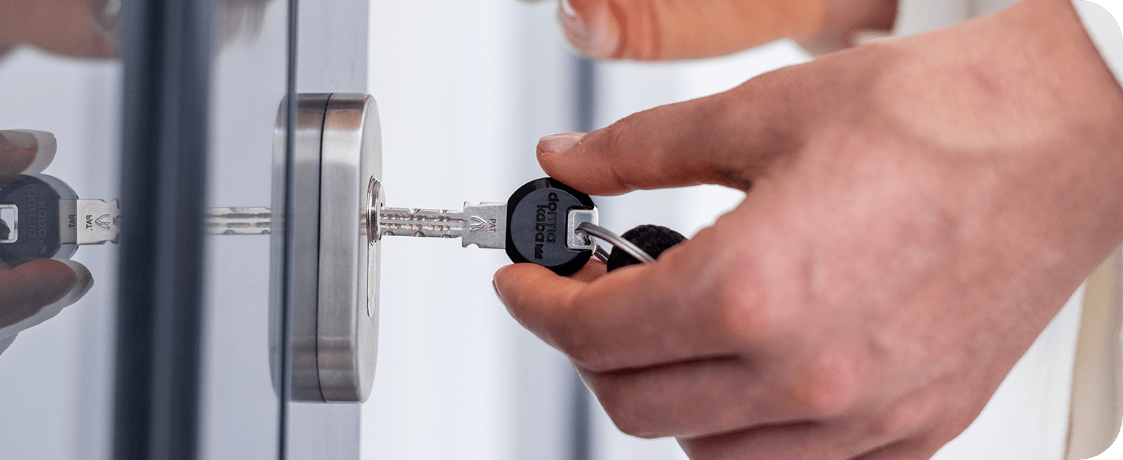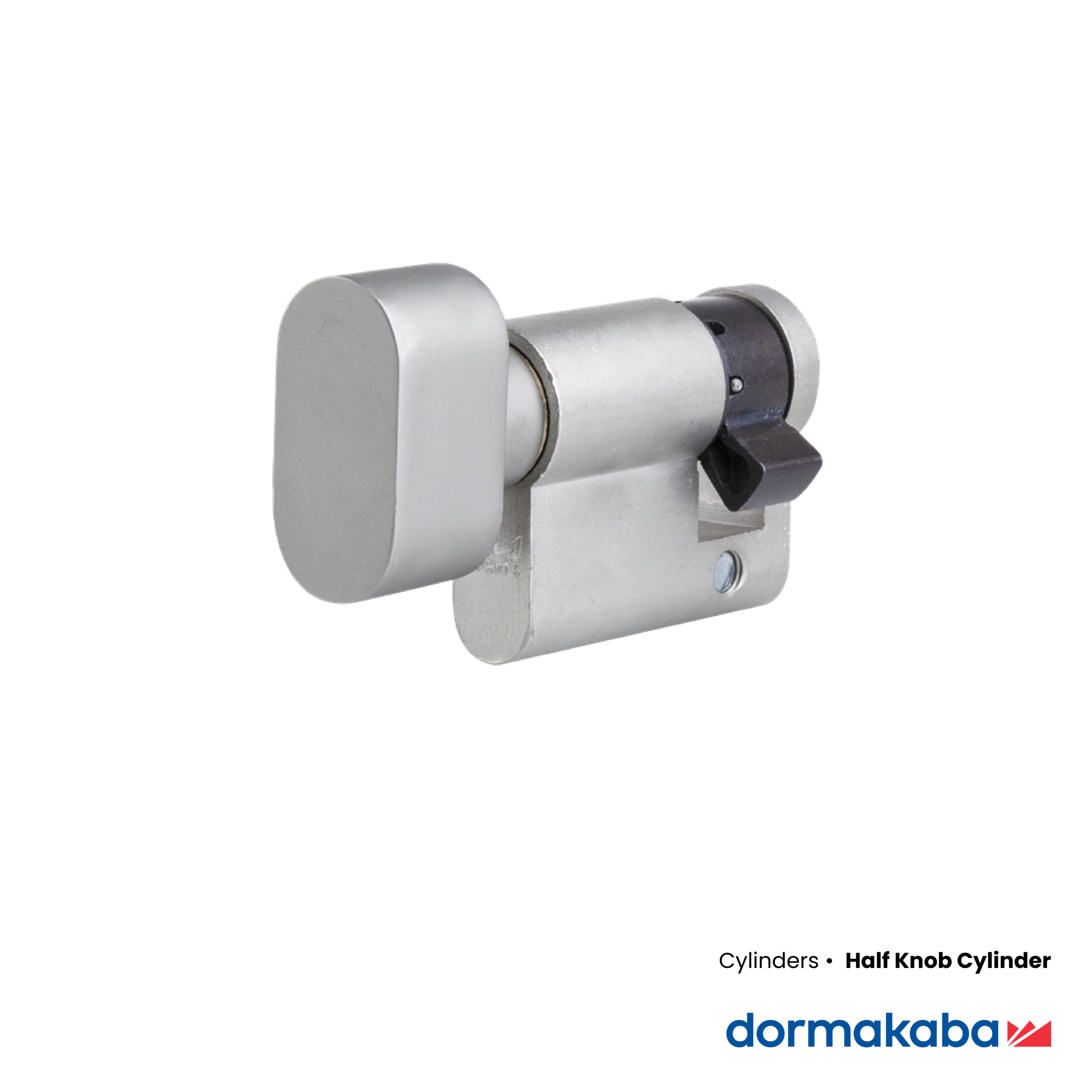Description
Product Details
Core Features of Privacy Cylinders
-
Inside Locking Control
Privacy cylinders typically use a thumb turn, push button, or small latch on the inside handle. This allows the occupant to lock the door without needing a key, making the mechanism simple and user-friendly. -
Emergency Access from the Outside
A key characteristic of privacy function locks is the ability to unlock the door from the outside with a simple tool or emergency key. This could be a small screwdriver, a coin, or a specially provided unlocking pin. This feature ensures that in case of accidents (e.g., a child accidentally locks themselves in a bathroom), access can be regained without damaging the lock. -
Free Egress / Always-Free Inside Lever
For safety and compliance with building codes, the inside lever or knob is always free to operate. This means that regardless of whether the door is locked or unlocked, occupants can always exit the room by simply turning the handle. This prevents entrapment and aligns with fire safety regulations. -
Moderate Security Level
Privacy cylinders are not intended for high-level external security. They are designed to keep people from casually entering a room, rather than resisting burglary or tampering. Their security level is appropriate for internal applications, where deterrence and privacy are the main goals.
Applications of Privacy Cylinders
-
Residential Spaces
Common in bathrooms, bedrooms, and home offices. They allow occupants to enjoy privacy without creating a safety hazard. -
Commercial and Institutional Buildings
Used in restrooms, meeting rooms, and medical consultation rooms where private use is essential but emergency access must be maintained. -
Hospitality Industry
In hotels or guesthouses, privacy locks provide guests with a sense of control over their space, while still enabling staff to enter in emergencies.
Design Considerations
-
User Safety
Privacy cylinders are designed with non-lockout safety in mind. For example, a child cannot permanently lock a bathroom and prevent adults from entering. -
Accessibility
In environments like healthcare or assisted living facilities, privacy cylinders may include ADA-compliant levers and simple mechanisms that can be operated by those with reduced mobility or dexterity. -
Aesthetic Integration
These cylinders come in a variety of finishes and designs, so they blend seamlessly with modern architectural and interior styles, ensuring they serve both functional and decorative purposes. -
Durability
While not exposed to external tampering, privacy cylinders are built to withstand frequent use. High-cycle testing ensures reliability over many years of daily operation.
Definition and Purpose
A privacy cylinder or privacy function lock is a locking mechanism designed primarily to provide personal privacy within a room rather than maximum security. It is most commonly used in interior spaces such as bathrooms, bedrooms, hotel rooms, and private offices where the priority is to allow occupants to control access temporarily without completely excluding external intervention when necessary.
Unlike high-security cylinders that focus on preventing forced entry or burglary, privacy cylinders balance convenience, user safety, and controlled access. They are engineered to allow the occupant to lock the door easily from the inside while ensuring there are mechanisms to unlock the door quickly from the outside in case of emergency.
Advantages of Privacy Cylinders
-
Safety in Emergencies: Easy override access means occupants cannot be trapped inside, and rescuers can enter without delay.
-
Convenience: No need for keys inside private spaces; simple locking mechanisms make them quick to use.
-
Compliance: Aligns with building codes and fire regulations that mandate “always free” exit hardware.
-
Cost-Effective: More affordable than high-security cylinders while still delivering essential privacy functions.






